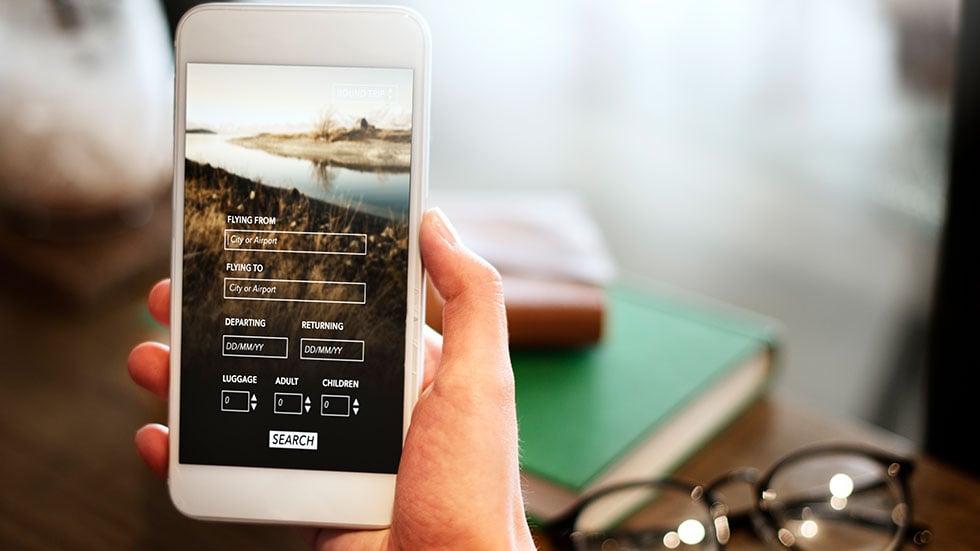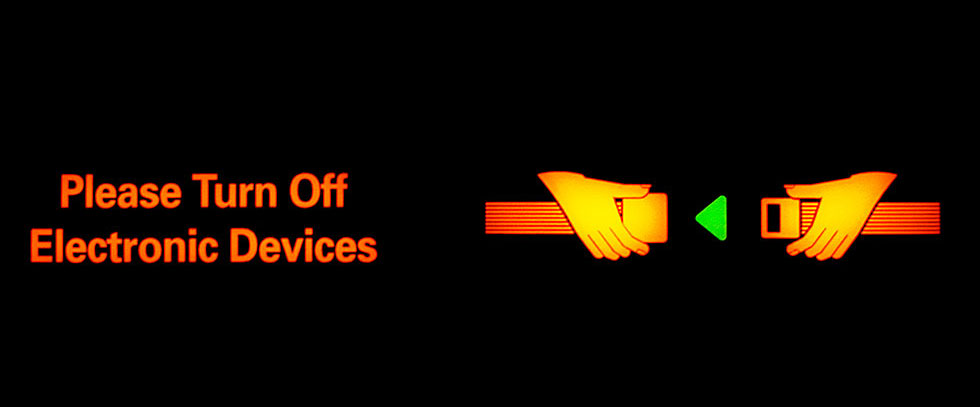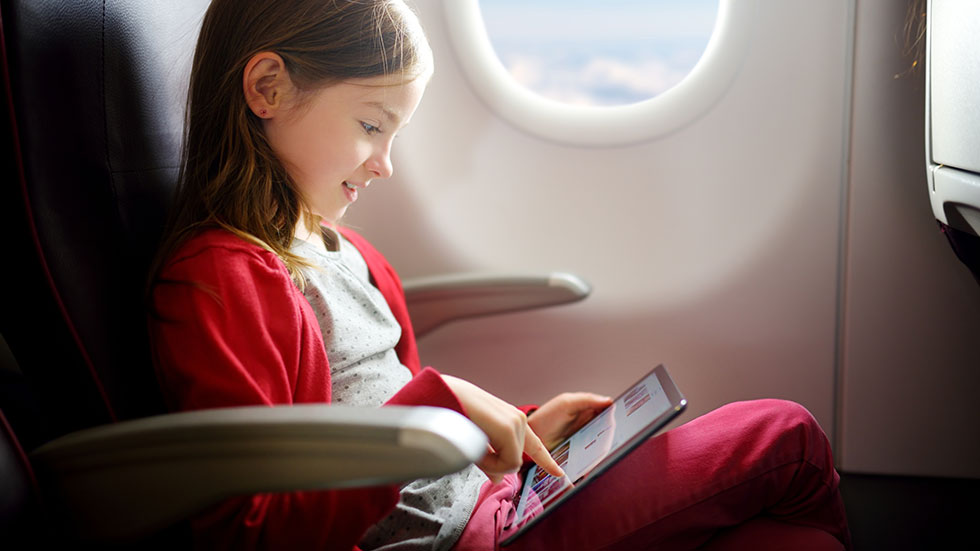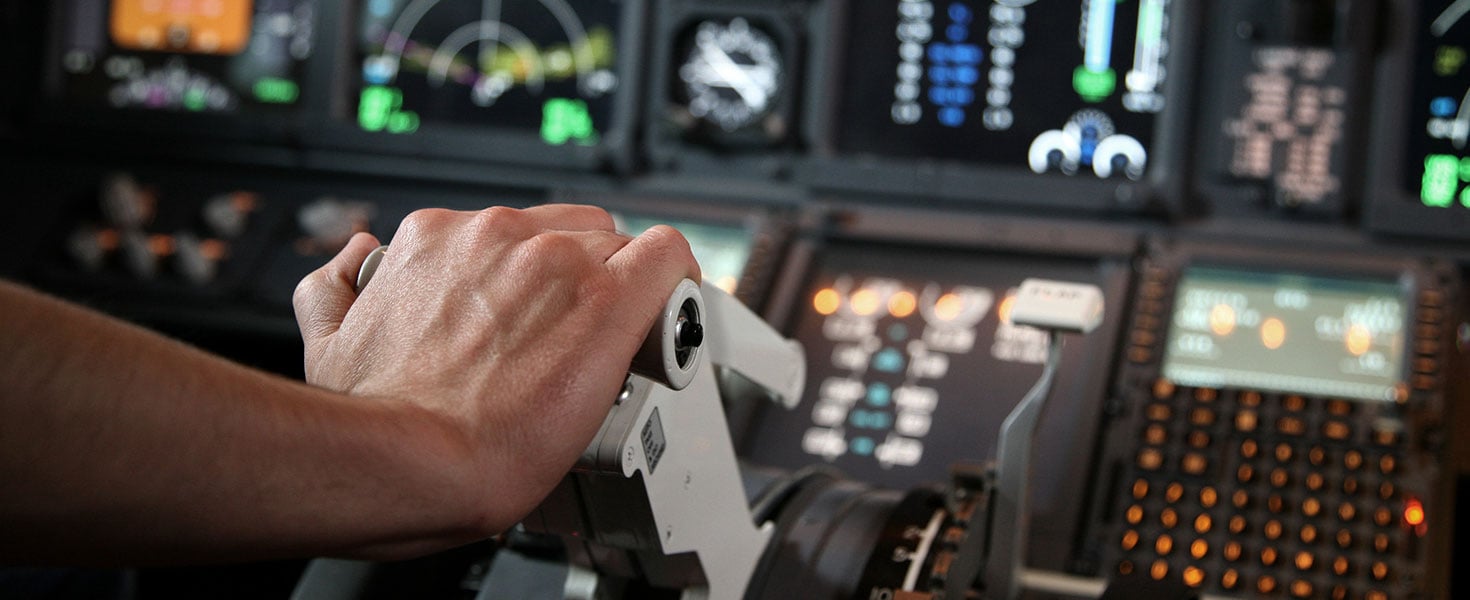
Travel is on the comeback and Americans are returning to the skies in growing numbers. What is air travel like these days and what should travelers know?
We turned to the people who fly the most—airline pilots—for some good advice. Here’s what pilots said they wish passengers knew before boarding their next flight.

Download an airline flight tracking app
Knowledge is power, and a flight tracker app can provide important information about your journey. With a flight tracker app, you can see if your flight is on time, what gate you’re leaving from, where to pick up your bags and more.
Download a flight tracker app and sign up to get text notifications if there is a delay. That makes you less reliant on the airline for information.
One of our favorite apps is Flight Aware, but there are similar apps out there. As pilots, Flight Aware sometimes notifies us about a delay before our own airlines does. While you can’t always trust an app completely, it’s a great tool for any air traveler.
Patience and kindness go a long way
Travel today can require extra patience, but if you travel with a patient mindset, it will make your trip less stressful for you and those around you.
Travel has changed over the years. Fifteen years ago, people were still getting dressed up to travel. Now, it’s more relaxed. Yet that doesn’t change the fact that on an airplane, you’re still sitting within a 10-foot radius of about 10 to 12 people. Kindness really does go a long way—both with the crew and your fellow passengers.

We don't like delays either, but they are beyond our control
Running an airline is a complex business, and there are many factors beyond our control. Delays can occur for many reasons, from weather to gate holdups to plane changes—and there is nothing the pilot, gate agent, or crew can do to change that. Right now, we are seeing many air traffic control delays because they are understaffed.
A bad storm at either end of the journey can cause delays, and that can affect the crew too, because the FAA regulates how many hours and legs a crew can fly. If the delay goes on too long, the crew can’t fly and a new crew has to be arranged. If we’re not at a Crew Base, even more delays can occur.

Our number one priority is safety
We want to get you where you want to go, but safety always comes first. After that, our goal is to provide a good experience for our travelers.
Why you should arrive two hours before your flight
Flights are often scheduled in different banks, with many planes arriving and departing around the same time. This means that many passengers are flying at the same time.
If you arrive two or three hours ahead of your flight, you’ll reach the gate quickly. But if you wait until an hour before your flight, you’ll hit rush hour traffic at airline counters and the TSA line, which can be stressful and time-consuming.

About that seatbelt
We know that the seatbelt sign can be frustrating for some, but it’s important. If we see turbulence ahead, the seatbelt sign comes on for safety. The seatbelt sign is always on when we are taxiing on the ground. If a passenger gets up while we’re taxiing, we have to stop the plane.
You’ll often hear us recommend that you keep your seatbelt on during flight, even when the sign is off. That’s because even a smooth flight can hit air pockets. The seatbelt will keep you safe in your seat.
What happens if lightening strikes
One question we’re sometimes asked is what would happen if lightning struck an aircraft. Fortunately, airplanes are designed to be able to take a lightening hit.

Flying with kids
Family travel is a rewarding experience, but when it comes to traveling with children, it helps to be prepared. With infants and toddlers, the safest way for them to travel in an airplane is in their own car seat. Also, babies’ ears are still forming, so pressurization changes during takeoff and landing can be painful on their ears. It helps to give little ones a bottle or pacifier to keep their ears from popping.
Many of us like to have children come up and say “Hi” during boarding, but please ask a flight attendant before approaching the cockpit. It might not be the most convenient time, as we might be talking on the radio or conducting important procedures.
Becoming a pilot
Being a pilot is a rewarding career, but we currently have a shortage of pilots. There are many good aviation schools if you want to be a pilot. Some airlines like Delta Airlines and JetBlue have their own pilot training programs.

